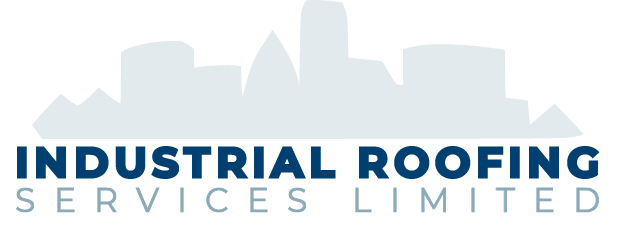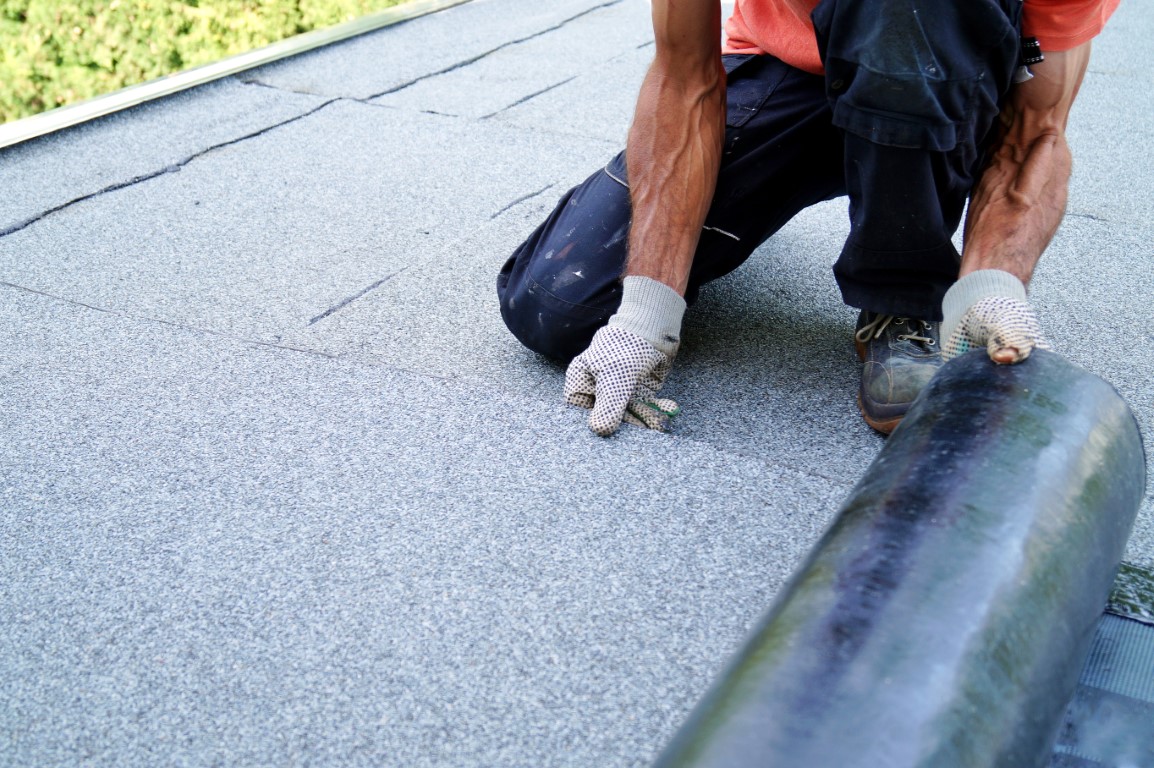PVC roofing systems are extremely durable, energy efficient, and well-suited to withstand almost anything Mother Nature throws their way. In this complete PVC roofing guide, we will cover all you need to know about PVC roofing systems, how it is installed, how they are repaired, and what kind of maintenance requirements are needed.
What is PVC Roofing?
PVC roofing systems consist of a single-ply membrane made from two layers of polyvinyl chloride (PVC) with a polyester reinforcement layer in between. This construction provides a strong, flexible, and highly resistant roofing material ideal for commercial flat roofs. The membranes are chemically treated to resist bacteria, heat, fats, oils, and UV radiation, making them suitable for various industrial and commercial applications.
The Lifespan of PVC Roofing
PVC roofing systems typically have a lifespan of 15 to 25 years, depending on factors such as installation quality, climate, and maintenance. Proper maintenance and regular inspections can extend the roof’s lifespan and prevent expensive repairs.
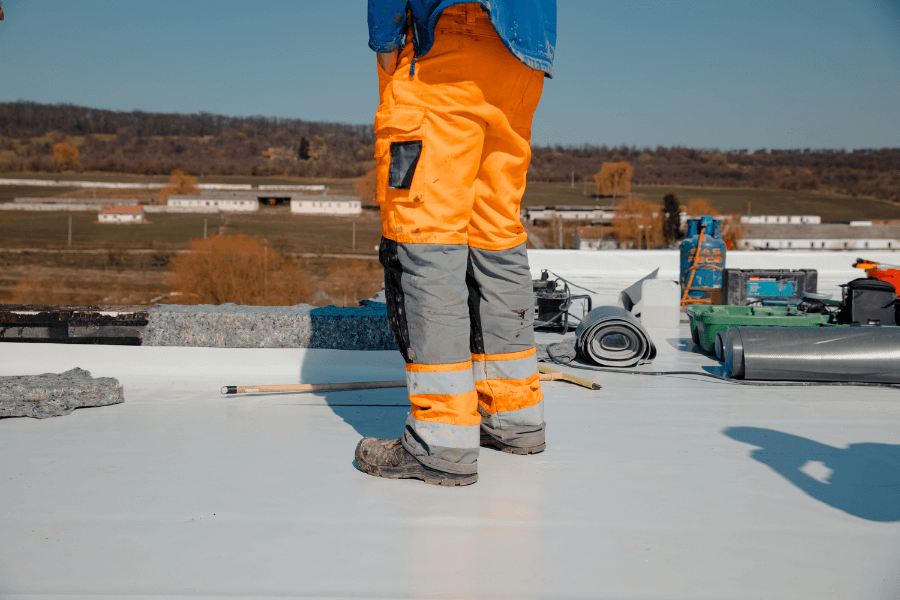
PVC Roofing Installation Methods
There are three popular methods for installing PVC roofing systems, each method has specific benefits that will determine which one is best for your commercial flat roof installation.
Installation Steps
1. Prepare the Substrate:
- Inspection: Begin by thoroughly inspecting the roof deck for any existing damage, debris, or sharp objects that could potentially harm the PVC membrane.
- Cleaning: Ensure the surface is clean and dry. Remove any dirt, dust, grease, or moisture using a suitable cleaner such as isopropyl alcohol. This step is crucial to ensure proper adhesion.
- Repairs: Fix any imperfections or damage to the roof deck to create a smooth, even surface.
2. Lay Out Insulation Boards (If Applicable):
- Placement: Place insulation boards according to the roof’s thermal requirements. Secure the boards to the deck with fasteners, ensuring they are firmly in place and create a uniform surface for the membrane application.
3. PVC Membrane Application:
Adhesive Attachment:
This method creates a clean, aesthetically pleasing finish without visible fasteners, it enhances waterproofing qualities by minimizing penetrations to the roof deck.
- Apply Adhesive: Using an adhesive roller, apply a uniform layer of adhesive to both the substrate and the underside of the PVC membrane. Follow the manufacturer’s instructions regarding open time and tackiness to ensure optimal adhesion.
- Position the Membrane: Carefully roll out the membrane over the adhesive-coated substrate, using a chalk line to maintain straight alignment. Handle the membrane with care to avoid creating wrinkles or bubbles.
- Roll the Membrane: Once the membrane is in position, use a seam roller to press down firmly over the entire surface, ensuring good contact between the membrane and adhesive.
- Seal the Seams: Apply adhesive to the seams where different sheets of the PVC membrane overlap. Use the seam roller to press the seams together firmly, ensuring a watertight seal.
Mechanical Attachment:
This method involves securing the PVC membrane to the roof deck using screws and plates, this method is particularly suitable for areas prone to high winds.
- Position the Membrane: Roll out the PVC membrane sheets across the roof, aligning them accurately.
- Attach the Membrane: Fasten the membrane to the roof deck using screws and plates, ensuring the fasteners penetrate through the membrane and into the roof deck or insulation board.
- Overlap & Weld Seams: Overlap the edges of the PVC membrane sheets by at least one to two inches. Use an automatic hot air welder to weld the seams together, creating a watertight seal.
- Secure the Perimeter: Use additional fasteners as needed around the perimeter and high-stress areas to reinforce against wind uplift and other stresses.
Induction Welding:
This method uses a specialized induction welding tool to bond the membrane to the roof deck without penetrating it.
- Place Magnetic Plates: Position magnetic induction weld plates directly under the overlap areas of the PVC membrane, according to the planned layout marked with a chalk line.
- Induction Welding: Use the induction welding machine to heat the magnetic plates through the membrane. This process bonds the membrane to the plates securely, adhering it to the roof without penetrating the membrane.
- Roll the Seams: After induction welding, immediately roll the seams with a membrane roller to ensure full contact and bond strength between the heated plates and the PVC membrane.
5. Final Inspection & Cleaning:
- Debris Removal: Clean the roof surface to remove any installation debris or marks.
- Adhesive Cleaning: For adhesive attachment, clean any excess adhesive from the surface of the PVC membrane using a suitable cleaner like acetone. This ensures a neat finish and maintains the reflective properties of the membrane.
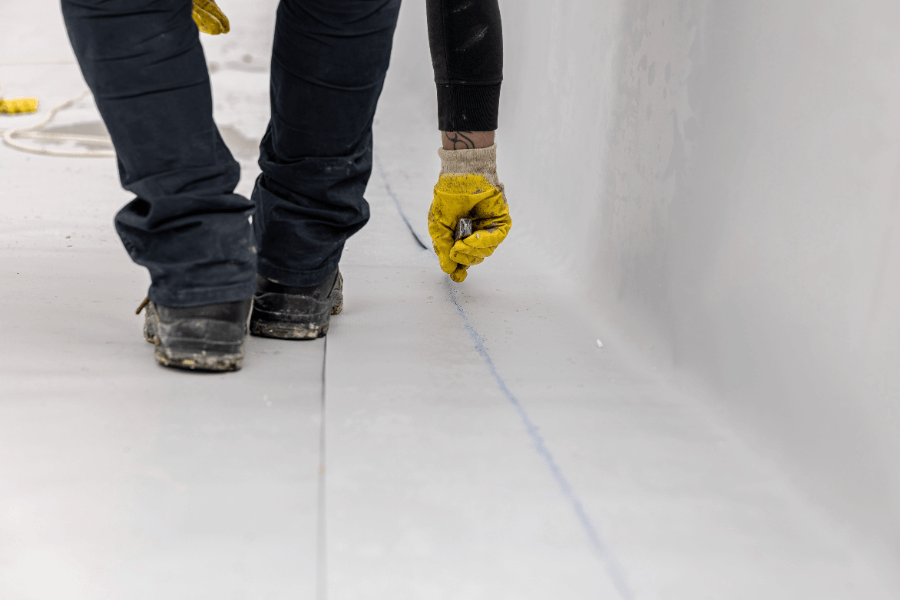
Common PVC Roofing Repairs
Despite their durability, PVC roofing systems may occasionally require repairs. Here are some common repairs for flat roofs with PVC membranes:
- Ponding Water: This puts extra pressure on the roofing membrane, which can weaken the material over time. The stagnant water also increases the risk of algae and mould growth, which can further degrade the membrane and underlying roof structure.
- Seam Problems: Seam separation often occurs due to thermal expansion and contraction, poor installation practices, or natural aging of the material. Damaged seams can lead to significant water ingress, which may cause the insulation to become saturated and lead to interior leaks.
- Punctures and Tears: Common in areas with high foot traffic or where heavy equipment is used. Regular inspections are crucial to identify and repair these damages quickly, preventing further deterioration and water ingress.
- Shrinking Over Time: Natural response of PVC material to prolonged exposure to varying temperatures. It can cause stress on fasteners and seams, potentially leading to detachment and water infiltration if not addressed through regular maintenance.
- UV Degradation: This breaks down the chemical bonds in the PVC material, reducing its effectiveness and lifespan. Reflective roof coatings can help mitigate this issue by reflecting UV rays and reducing the amount of radiation absorbed by the membrane.
Maintenance Recommendations for PVC Roofing
Regular maintenance for flat roofs is crucial to maximizing the longevity and durability of PVC roofing systems. Here are essential maintenance tips:
- Regular Inspections: Conduct inspections at least twice a year. Look for cracks, punctures, loose seams, and damage around flashings, edges, and penetrations like vents and chimneys.
- Clearing Debris: Regularly remove leaves, branches, dirt, and snow from the roof surface to prevent moisture buildup. Pay special attention to debris accumulation during seasonal transitions.
- Monitoring Drainage Systems: Ensure gutters, downspouts, and roof drains function correctly to prevent ponding water. Regularly check and clear drainage channels to maintain effective water flow.
- Addressing Ponding Water: Quickly address ponding water to prevent membrane stretching and sagging. Ensure proper drainage to avoid water accumulation.
- Seasonal Maintenance: Schedule regular seasonal maintenance, in the summer check for blisters and UV deterioration, in the winter check for leaks and damage caused by the cold weather.
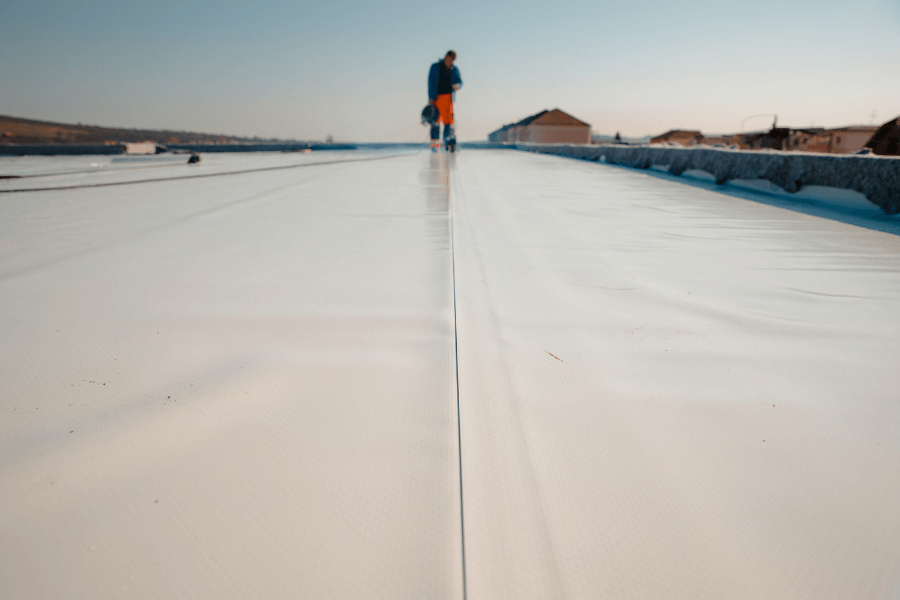
Pros and Cons of PVC Roofing
Pros:
- Affordable: PVC roofing systems are a more affordable option than others.
- Energy Efficiency: Reflective properties reduce cooling costs.
- Fire Resistance: Naturally fire-resistant with added fire retardants.
- Ease of Installation: Lightweight and quick installation.
Cons:
- Cost: Higher upfront cost compared to some materials, but cost-effective over time.
- Performance in Cold Climates: Prone to shattering in freeze-thaw cycles.
- Shrinking Over Time: The membrane may shrink, leading to potential leaks.
PVC roofing systems are a robust and reliable solution for commercial flat roofs, offering durability, energy efficiency, and resistance to harsh environmental conditions. At Industrial Roofing, we specialize in the installation, repair, and maintenance of commercial flat roofs, including PVC roofing systems. Contact us today to learn more about our services and how we can help protect your investment.
